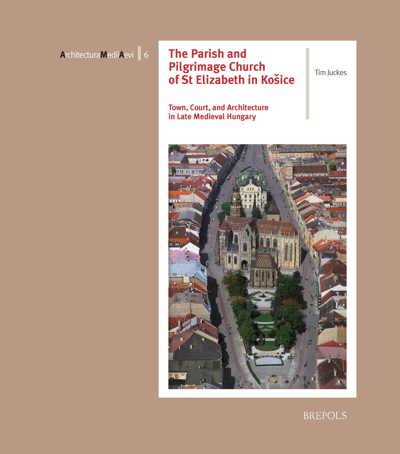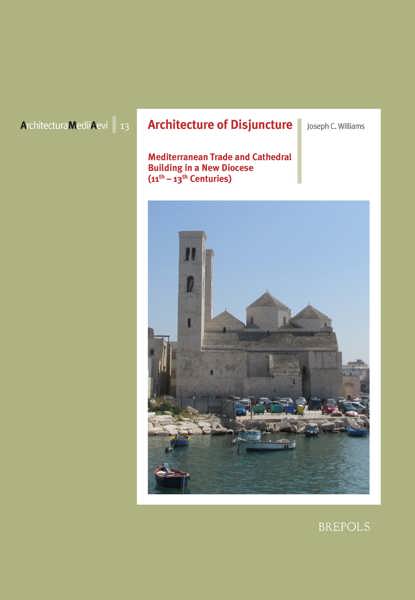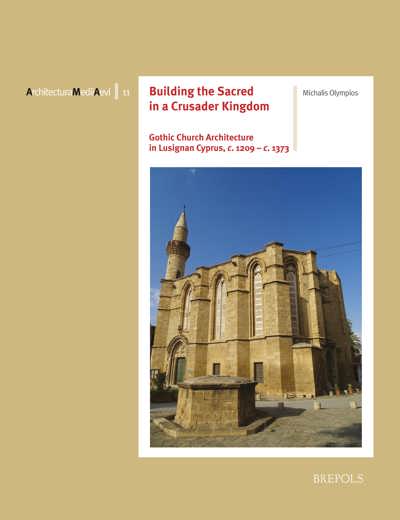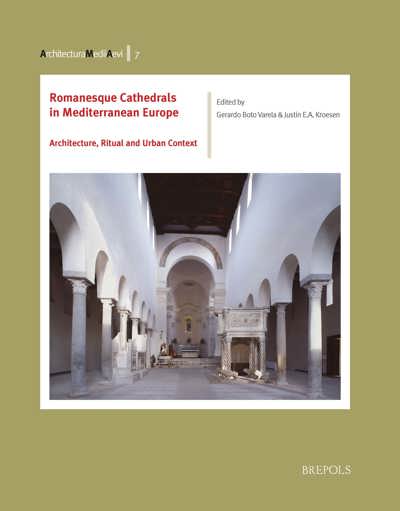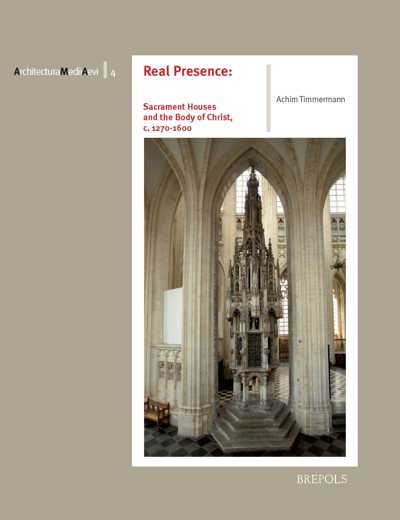
The Parish and Pilgrimage Church of St Elizabeth in Košice
Town, Court, and Architecture in Late Medieval Hungary
Tim Juckes
- Pages: 292 p.
- Size:220 x 280 mm
- Illustrations:224 b/w
- Language(s):English
- Publication Year:2012
- € 105,00 EXCL. VAT RETAIL PRICE
- ISBN: 978-2-503-53109-0
- Paperback
- Available
"Das große Verdienst des Buches von Juckes ist es jedoch gerade, dass für die Beantwortung dieser Fragen jetzt endlich eine gute Grundlage vorliegt. So kann das Werk mit seiner sorgfältigen Argumentation, der klaren Gliederung, den zahlreichen anschaulichen Fotoaufnahmen architektonischer Details, den maßstäblichen Planzeichnungen und Profilaufmaßen und, nicht zu vergessen, dem umfangreichen Anhang mit historischen Schriftquellen, Steinmetzzeichen und Planzeichnungen des mittelalterlichen Bauzustands als wertvoller Beitrag zur Erforschung spätmittelalterlicher Architektur des 15. Jahrhunderts und als Grundlage für die weitere Forschung über die Region hinaus gelten." (Anne Christine Brehm, in: Sehepunkte 14 (2014), Nr. 3, 15.03.2014)
"Through both argument and presentation, therefore, Juckes helps to internationalise the scholarly view of the Košice workshop, adding a valuable perspective to the study of central European Gothic architecture more generally." (Robert Bork, in: Journal of the British Archaeological Association, Vol. 167, 2014, p. 228-229)
One of the most important building projects in late medieval Hungary was the reconstruction of the parish and pilgrimage church of St Elizabeth in Košice (present-day Slovakia). The burghers of this prosperous, free royal town decided to rebuild their main church shortly before 1400, and work continued, with several interruptions, into the late fifteenth century. Along with the ambitious and unusual design that emerged, far-reaching artistic connections with centres such as Prague and Vienna ensure the church’s exceptional value for architectural history – not only within Hungary, but in the Central European region as a whole.
It is this value as an art historical document that the present work seeks to exploit. It approaches the church’s fabric as a source of information about patrons, masons, and congregations, attempting to locate the dynamics behind design choices made. This necessitates a detailed reconstruction of the building enterprise itself, before the focus shifts to the impact of the St Elizabeth’s project both in northern Hungary and further afield (Transylvania, Lesser Poland), allowing the town lodge’s remarkable achievements be set in inter-regional context.
Tim Juckes gained his Ph.D. at the Courtauld Institute with a thesis on late medieval architecture in Hungary. He is now working on a post-doctoral project supported by the Leverhulme Trust and based at Vienna University.
